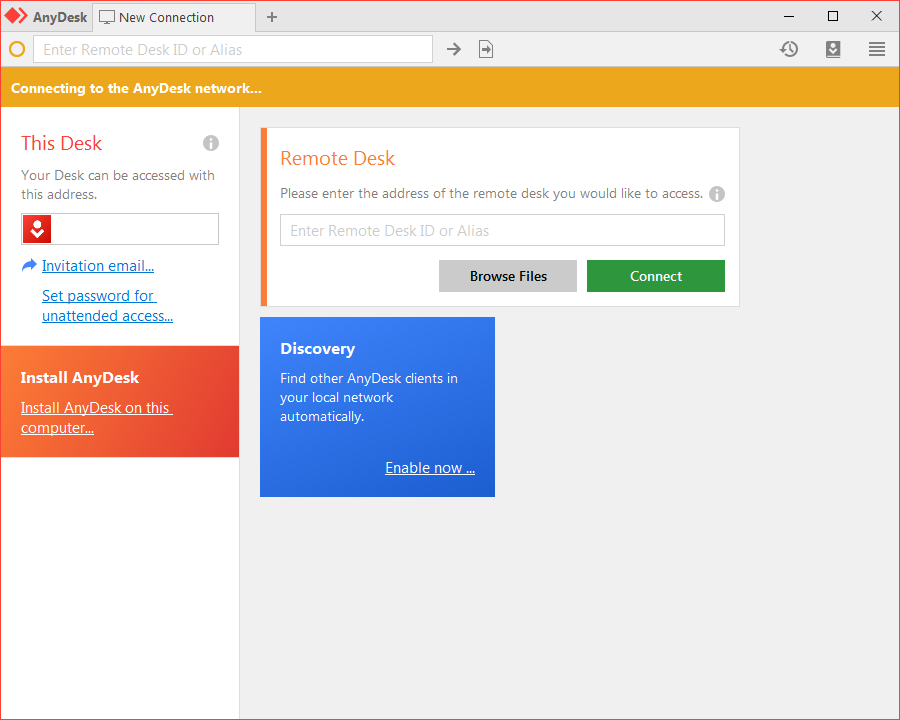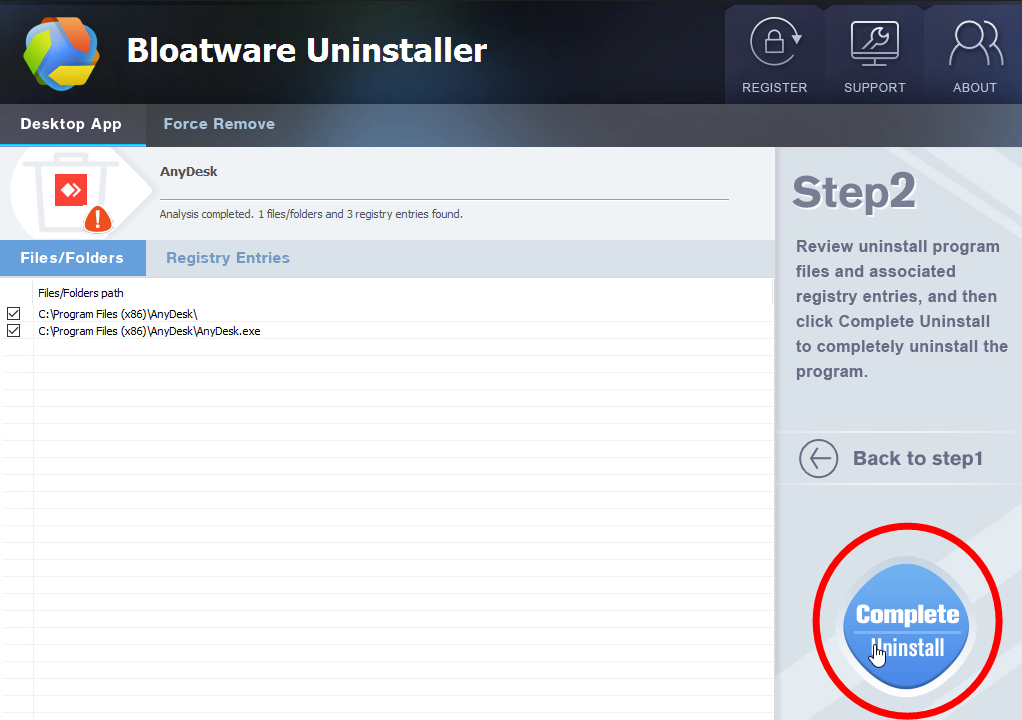

Restore Standard Switch helps you with moving management interface to a Standard Switch when VMKernel port is currently on a Distributed Switch that is not operating as expected. The next two options deal with management connectivity to ESXi host when distributed switch is used. It removes vSwitches, port groups, VMKernelĪdapters that you might have created and also impacts virtual machineĬonnectivity, so use this option only when you cannot fix the network Restore Network Settings resets all network As shown in the screenshot below, there are 3 available options: Figure 7. The last network-related menu is Network Restore Options. ESXi Console Restart and Test Management Network ESXi Console Management Network Configuration OptionsĪfter changing any of the settings above, restart the management network to activate the changes using the menu shown in Figure 6, and perform optional testing.

As we don’t tag frames from the switch side, VLAN is left as unspecified.ĭNS Configuration includes DNS server IPs, as well as ESXi host’s name. VLAN and IPv4 Configuration settings are applied to the VMKernel ports and their group. Network Adapters menu allows you to select physical NICs that will be used as uplinks for the default standard switch containing management port. The next screenshot displays the Configure Management Network menu’s options and dialog windows. Figure 4 shows available options available after the login. Press F2 on the initial screen and type in the username and password. The main use case for this method of access is the initial setup or management access troubleshooting. The console is accessed by connecting a monitor and keyboard to ESXi host or by using out-of-band vendor-specific management options provided by the server, such as HP ILO or DELL DRAC. There is a limited number of things you can do with the network configuration via DCUI. Target-state topology Console Configuration (DCUI)

The end state that we will achieve as the result of configuration steps in this article is shown in Figure 3. Starting topologyĪt this stage, the ESXi host has a single virtual switch, a single VM port group for virtual machines and a single VMKernel port for management. We will change this port to tag traffic in the next section. It is set up as an access port in VLAN 4, meaning that there will be no 802.1q tagged frames crossing this interface. Figure 2 shows the switch port configuration.

Let’s assume that we’ve connected physical cables and enabled only a single port on the upstream switch. The starting topology is a newly installed ESXi host with 6 physical adapters.


 0 kommentar(er)
0 kommentar(er)
